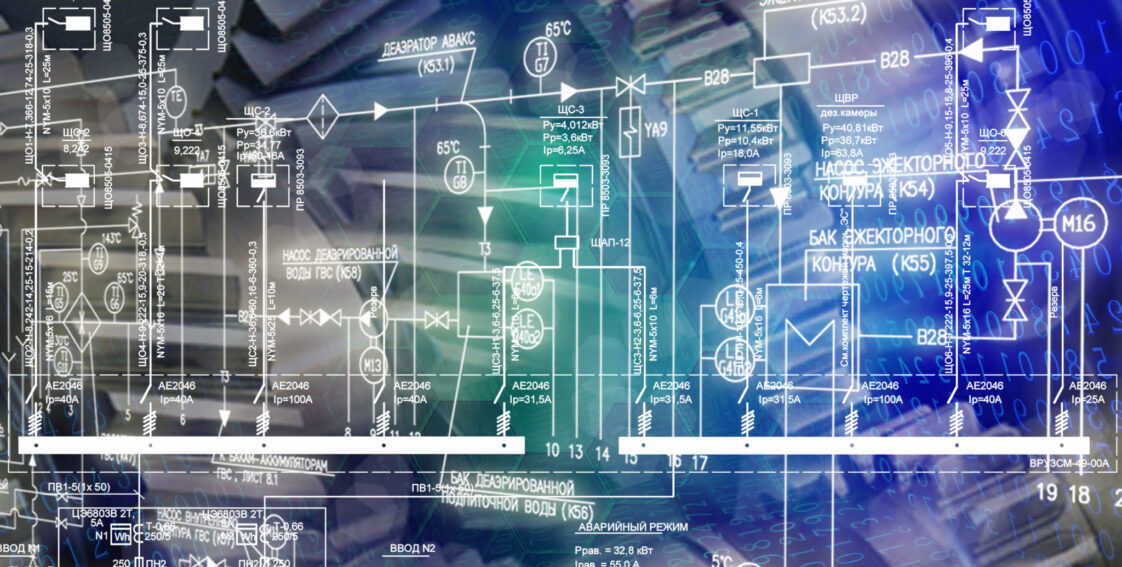
Why You Should Set Up Network Redundancy- Correctly
Blog post by Nick Sadro, Controls Engineer
Networking is hugely important in industrial settings. Inside manufacturing plants, almost all machines are connected together, and most plants have data from the machines sent to servers or office networks for monitoring purposes.
When a network fails it often causes expensive downtime while the issue is resolved. This downtime can be avoided by installing redundant networks. Redundant networks have more than one path for data to travel. If one link in the network is broken, the data can still reach its destination through another path while the broken link is fixed.
Networks need to be set up properly to manage redundancy correctly. Networks that have redundant paths that are not correctly managed can lead to data loops which stop communication on the network. There are several methods for creating a redundant network. Some methods are standard across all manufacturers of networking components, and some methods are proprietary to specific vendors (like Siemens). Each method has pros and cons. Some methods are less reliable but easier to set up. Some methods have virtually zero switchover time but require extra wiring and expensive components that support the protocol.
Each situation is different. When creating a redundant network, each network manager should identify
- how critical switchover time is to their system
- how much data can be lost in the event of downtime, and
- how much they are willing to spend on creating a redundant network.
If you aren’t sure which solution would be best for your facility, give us a call or drop us a line. We’d be happy to speak with you.
Related categories: Blog Industry 4.0 / Digitalization

